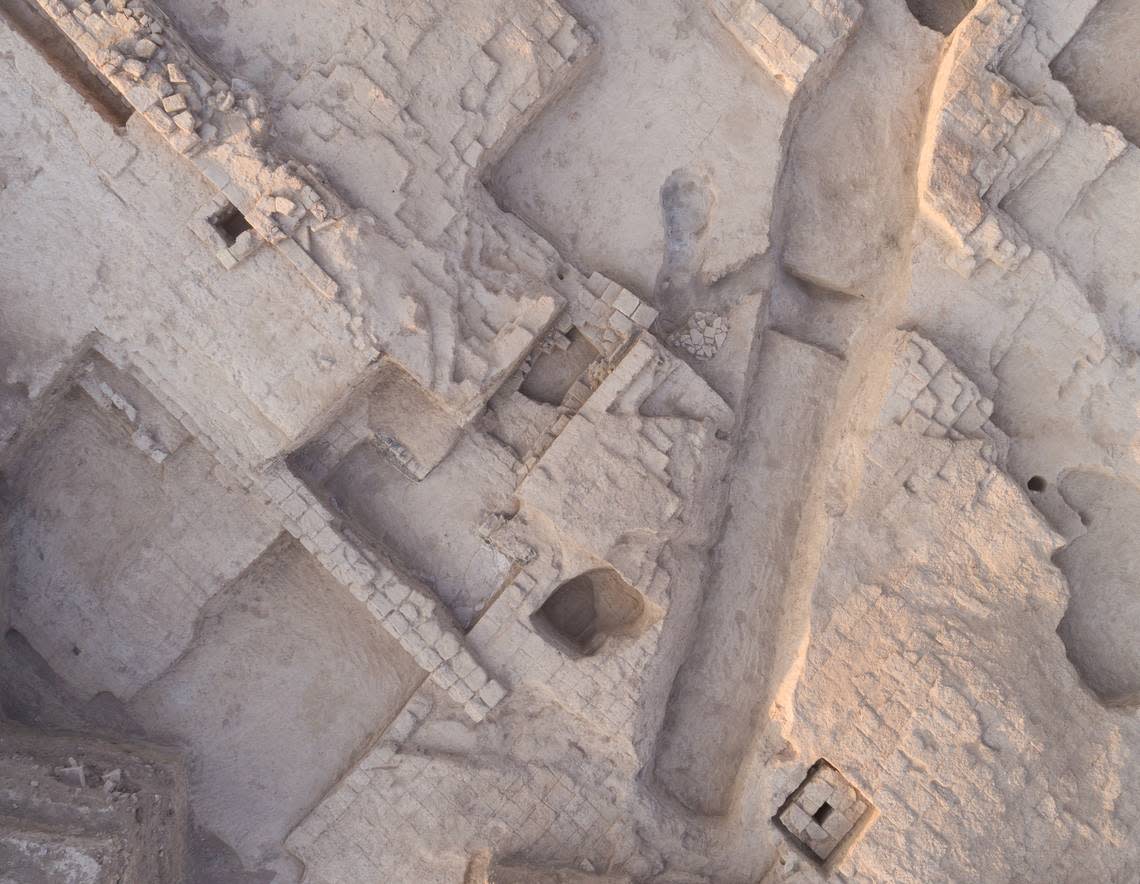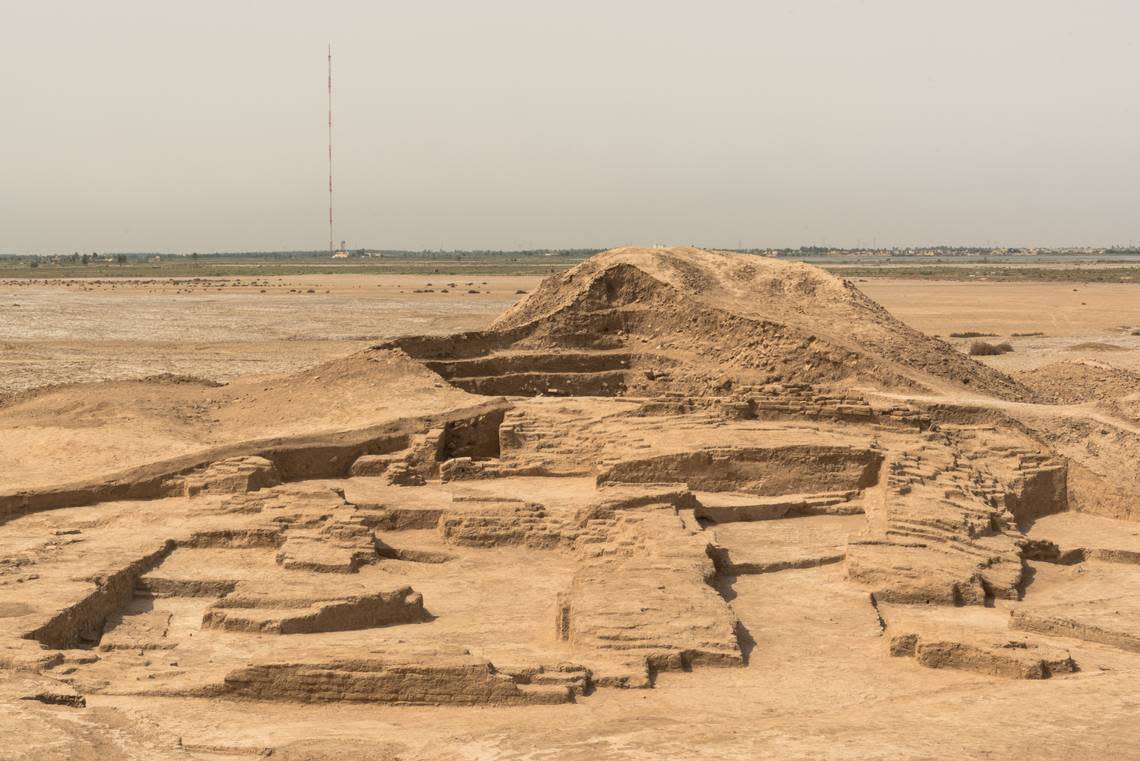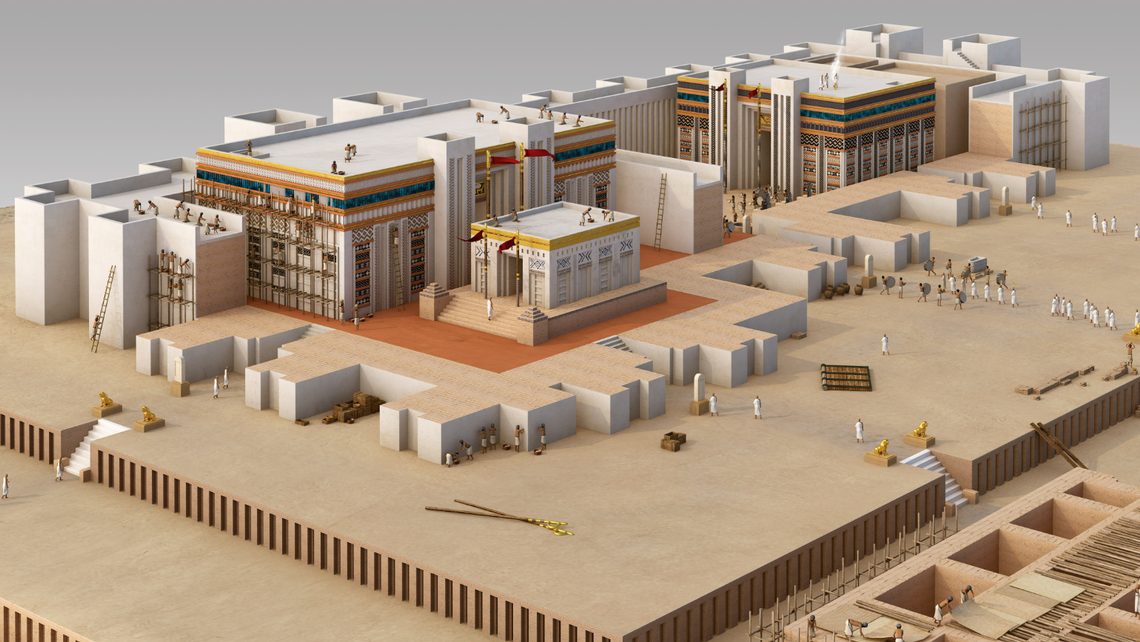‘Revered’ temple was long lost in the sands of Iraqi desert — until now, photos show
Worn away by weather and beaten down by the steady passing of time, an important ancient temple lived on through written records. The sanctuary’s location eluded archaeologists who obsessively searched the Iraqi desert. Not anymore.
Archaeologists excavating the ancient Sumerian city of Girsu, one of the world’s oldest known cities, had found inscriptions referencing a temple, according to Friday, Feb. 17, news release from The British Museum.
The “revered” temple was named “Eninnu, the White Thunderbird,” researchers said. The search for this 4,500-year-old sanctuary “obsessed generations of archaeologists.”
While excavating a section of the Girsu site, archaeologists finally located the long-lost structure, uncovering the temple’s main sanctuary, according to the release. The sanctuary was dedicated to Ningirsu, a Sumerian god and the city’s namesake.

Photos show the fragmented ruins reemerging from the dry desert ground.

Although only the ruins of the sanctuary remain, the structure was once massive and magnificent. Digital reconstructions show what the temple may have looked like, an intricately decorated prominent building.

The joint team of British-Iraqi archaeologists working on The Girsu Project also uncovered another “significant” find: a “lost palace” used by the city’s kings, per the release.
The “vast complex” was initially located using remote sensing technology and then excavated manually, researchers said. Previous archaeological excavations and violent conflict had damaged the remains of the mudbrick building.
In a discarded heap at the palace site, archaeologists found over 200 cuneiform tablets, city administrative records, according to the release. These artifacts were taken to the Iraq Museum in Baghdad.
These recent findings “hold enormous potential for our understanding of this important civilisation, shedding light on the past and informing the future,” the director of The British Museum, Hartwig Fischer, said in the release.
“Girsu is one of the most important heritage sites in the world, yet little is known about it,” Sébastien Rey, director of The Girsu Project, said in the release.
The abandoned city of Girsu is in modern-day Tello, about 185 miles southeast of Baghdad. Archaeological excavations are ongoing at the site through a collaboration with The British Museum, the State Board of Antiquities and Heritage of Iraq and the J. Paul Getty Trust and Museum.
Ancient Sumer or Sumerian civilization thrived in modern-day southern Iraq from around 4000 to 2000 B.C., according to Britannica. Sumer is credited with numerous technological and cultural innovations, including the first writing system, known as cuneiform, first city-states, first codes of law, and first wheels used in vehicles and for pottery.
‘Unusual’ writing on 4,000-year-old tablets decoded as lost language, study says
4,700-year-old ‘tavern’ — complete with fridge, oven and food — unearthed in Iraq
2,200-year-old flush toilet — oldest ever found — unearthed at palace ruins in China
